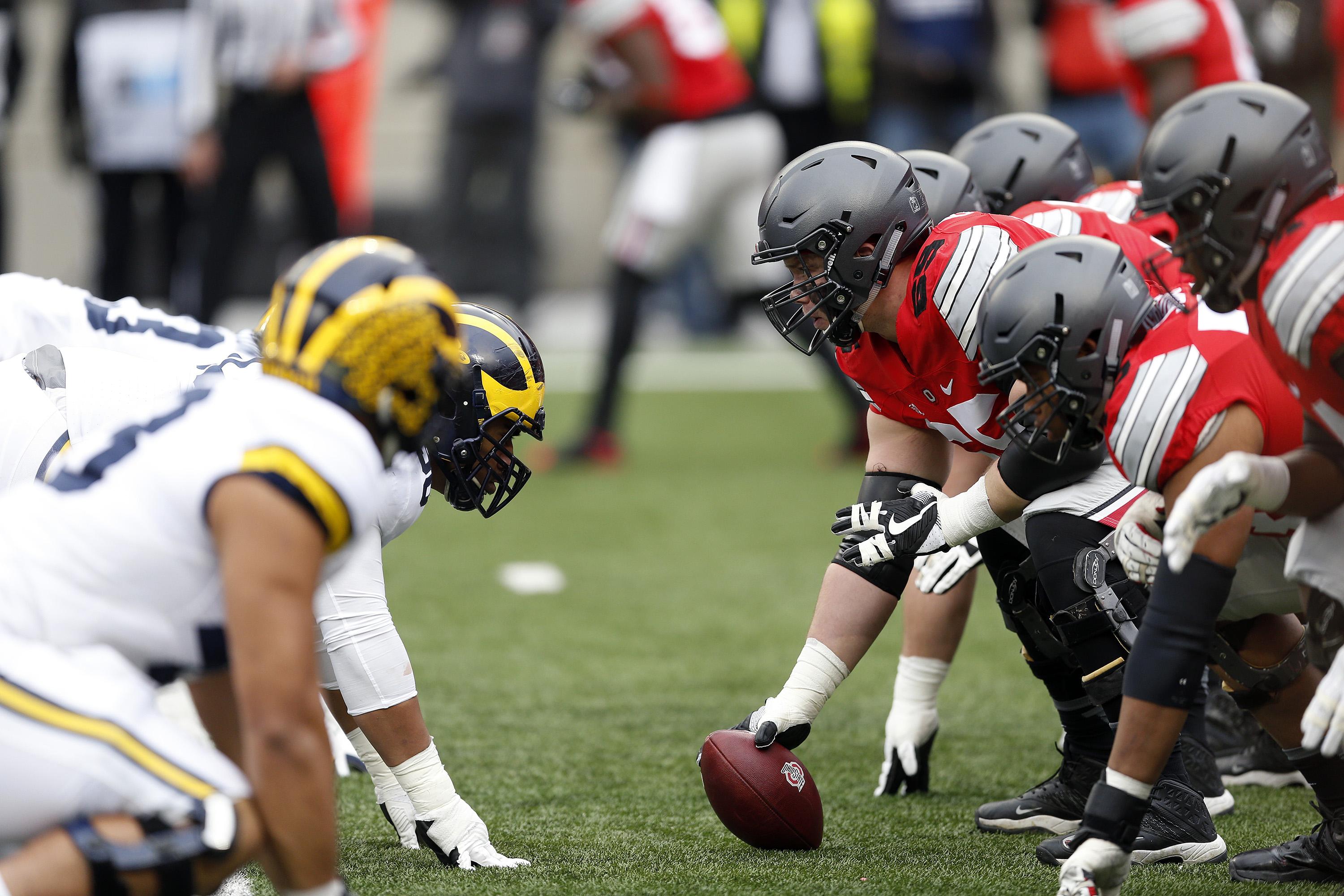Leadership in Athletics: Rivalry Week

It's rivalry week. The week of the college football year when rival schools play each other for a year’s worth of bragging rights. This Saturday, the Ohio State Buckeyes will host the Michigan Wolverines in a game that is considered the biggest rivalry in American sports. The annual game is so big, it is simply called “The Game” by both programs. It is a game that is steeped in tradition and history. On the final Saturday in November, the pride and hope of each state hangs in the balance — and it has been that way for generations.
The rivalry lives on because of the quality of both programs. “The Game” has been played 114 times with Michigan leading the series by nine wins (MU = 58 wins, OSU = 50 wins, ties = six). The chess match between the coaches is often a highlight of the rivalry. The matchups between Woody Hayes and Bo Schembechler and Urban Meyer and Jim Harbaugh have become legendary. The recent coaches, Tressel, Meyer and Harbaugh, have all done their part to elevate the status of the rivalry. Now, Ryan Day takes the stage.
Preparing for a rivalry game is a year-round task. Ohio State has a countdown clock that marks the time left until kickoff of “The Game.” This helps keep the rivalry at the forefront of everyone’s mind. The opponent is represented in the weight room, spring camp and even late summer camp in order to provide a little extra motivation for the players.
Leaders have to step up during rivalry week. They can help their teams in three major ways. First and foremost, they have to set the example for younger athletes; second, they provide focus; third, they share stories to help carry on the tradition of the rivalry. These are not an added pressure, but an added responsibility to the athletes who are selected as the team’s leaders.
Leading by example is the best thing leaders can do during preparation for the rivalry game. The younger athletes will be looking toward the leaders during the build-up to the event. The team leaders need to show the younger athletes how to act so they don’t let the pageantry overwhelm them. The emotions, excitement and enthusiasm are unsustainable when you then have to go out think, communicate and execute at a high level.
The nature of rivalries ensures that teams are going to go all-out and give maximum effort during the game. This requires leaders to keep their team focused and make sure they don’t get too excited too early for the game. Emotions require a lot of energy, and teams who get too hyped up may be tired when they need that energy the most.
Leaders can also share stories of past games to help the younger athletes understand how important the rivalry is. These stories can also be shared by the older players help carry on the traditions of the game. This perspective helps the team internalize the experience. You are what you emphasize. For a rivalry to truly matter, the leadership must make it special. It must be more than simply lip service. It must be set apart and made special — not to apply added pressure, but to understand the precious nature of the task at hand.
Its rivalry week. Ohio State – Michigan is more than just the final regular season game. Both teams have been preparing for this week, this environment, this game all year. Preparation stops when the foot hits the ball, and in a game with such high stakes, it is up to the leader to make sure their players are prepared all year.